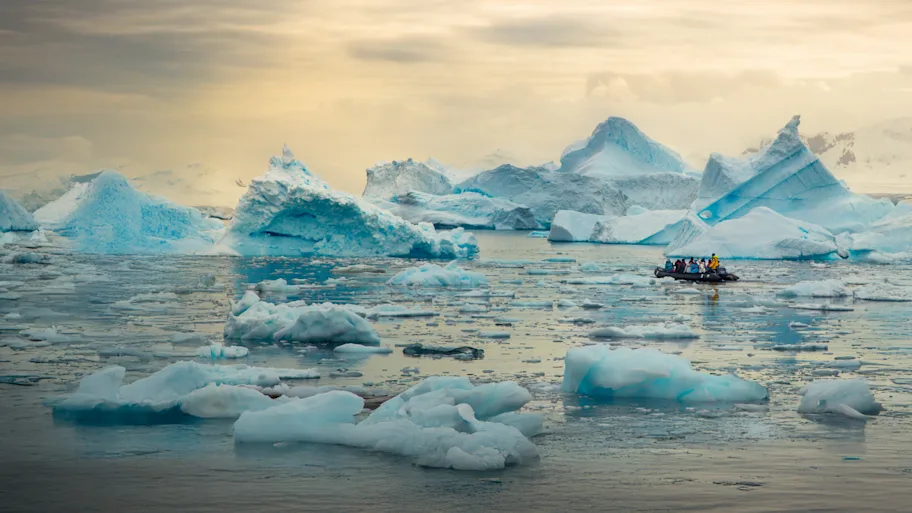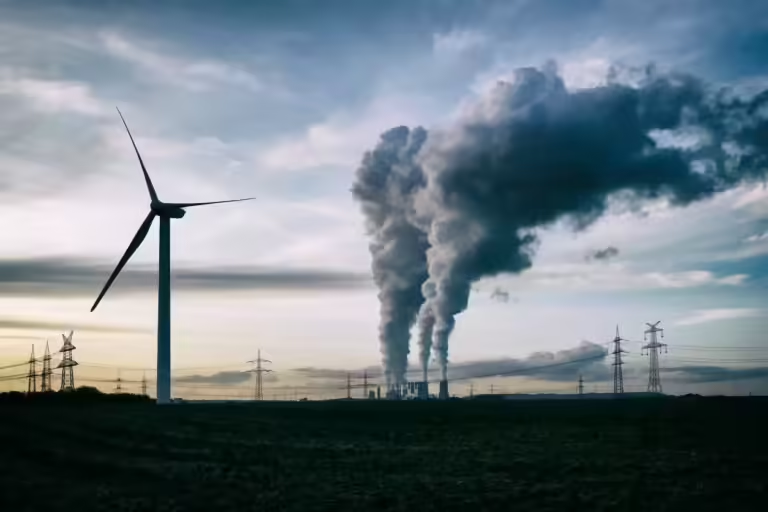
A dangerous experiment is at hand — a ticking time bomb in the frozen north. Scientists are now issuing a stark warning against tinkering with Arctic systems, cautioning that geoengineering techniques could bring “dangerous” and “unpredictable” consequences for the region’s most fragile ecosystems.
What is Geoengineering in the Arctic?
Geoengineering is emerging as a potential response to the escalating climate crisis, especially in the Arctic, where temperatures are rising at alarming rates. But this field is largely unregulated, with major ethical and environmental concerns.
In the Arctic, geoengineering refers to intentional, large-scale human interventions designed to slow or reverse climate change impacts. With the region warming much faster than the rest of the planet, proposed methods focus on preserving sea ice, limiting permafrost thaw, and stabilizing glaciers.
In simple terms, proposals fall into two main categories:
- Making surfaces more reflective: So-called “solar radiation management” methods, which reflect more sunlight back into space to cool the region.
- Mechanically reinforcing ice: Physical interventions meant to slow the melting and breakup of ice sheets and sea ice.
These approaches have gained attention as possible future tools to complement emission cuts but they remain highly controversial.
Scientists’ Concerns on Geoengineering
A recent assessment published in Frontiers in Science reviewed the evidence for five of the most widely discussed polar geoengineering ideas. The conclusion: all fail basic tests of feasibility and carry significant environmental risks.
Concerns include:
- Ecological harm to already stressed Arctic systems.
- Uncertain effectiveness with no guarantee of lasting impact.
- Global side effects from regional climate manipulation.
- Lack of governance around decision-making and oversight.
Lead author Martin Siegert, professor of geosciences at the University of Exeter, summarized it plainly: “These proposals are dealing with the symptoms of climate change rather than the causes.” Cutting greenhouse gas emissions, scientists emphasize, remains the only proven way to address the crisis.

The Fragility of Arctic Ecosystems
Arctic ecosystems are extremely vulnerable. Harsh climates, slow growth, and low species resilience mean recovery from damage is exceptionally difficult. With warming occurring up to four times the global rate, the region faces rapid and dangerous shifts like rain-on-snow events that starve grazers and thawing permafrost that releases greenhouse gases. These processes create dangerous feedback loops that accelerate both regional and global warming.
The loss of sea ice further destabilizes food webs, from algae and zooplankton to cod, seals, and polar bears; while new predators like killer whales and encroaching southern species further threatens the native wildlife. Ice and snow, vital for habitat, climate regulation, and ocean circulation, are disappearing rapidly, destabilizing ecosystems and global climate regulation worldwide.
Alternative Solutions beyond Geoengineering
Scientists emphasize that the most effective solution to climate change in the Arctic is to reduce greenhouse gas emissions. They also advocate for protecting and restoring Arctic habitats, supporting indigenous communities, and investing in climate research to better understand the region’s complex dynamics. These measures, they argue, are far less risky and more sustainable than attempting to manipulate the climate through geoengineering.
A Clear Warning
Scientists are united in their warning: geoengineering projects in the Arctic could cause unintended and devastating consequences for the region’s fragile ecosystems.
As policymakers grapple with the challenges of climate change, it is crucial that they heed the advice of scientists and prioritize sustainable solutions that protect the Arctic’s natural environment.
Are we brave enough to let the planet breath? If not, the future will be grim.
For more such informative articles stay tuned to The World Times.



